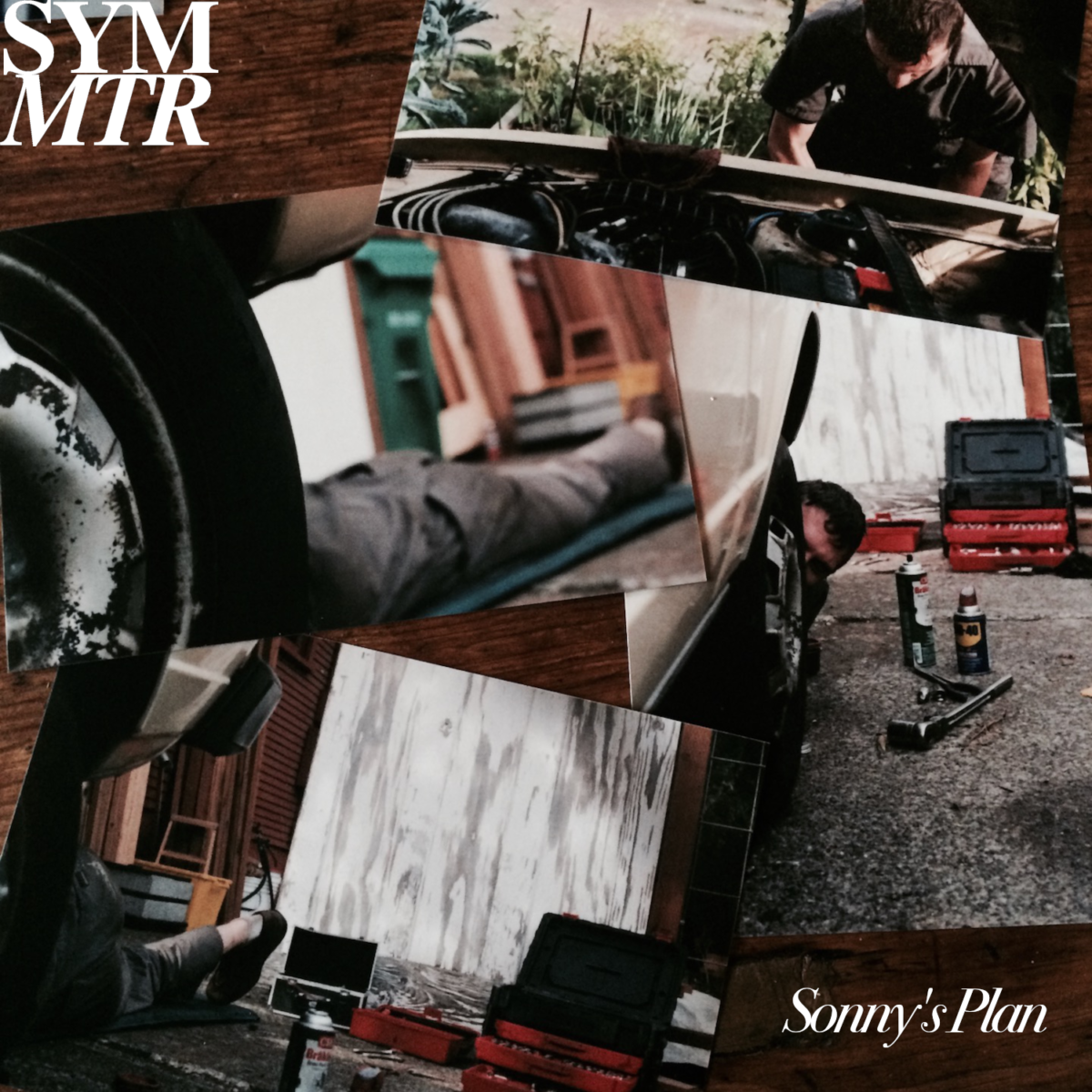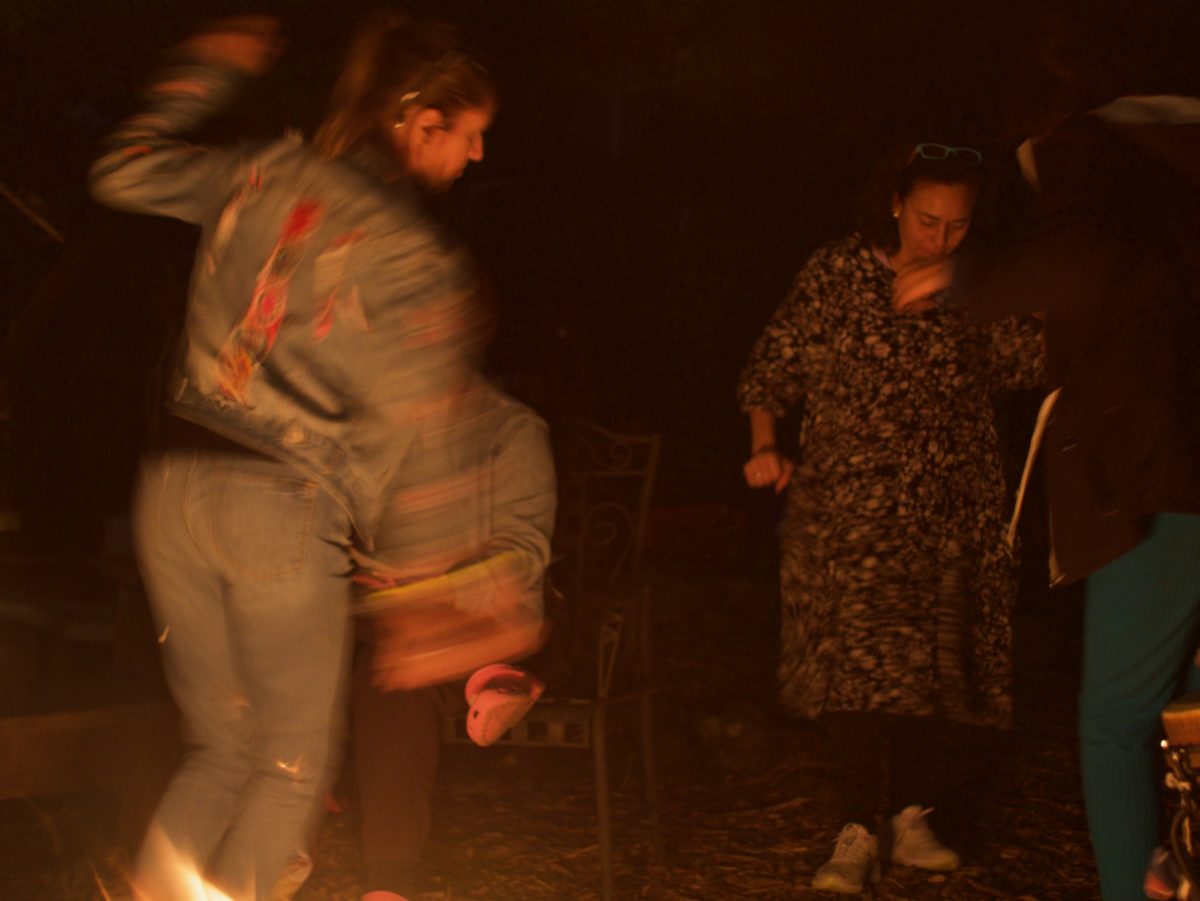Presenting my newest single “Peridot,” released to all streaming services under the pseudonym SYMMTR. Actually it’s an EP. And really it’s a double EP. Here’s what happened.
These songs were basically finished by winter 2022. I did further mixing and stuff, but it was complete enough that I made remix packs and distributed them to several producer-friends. The plan was to release a two-song EP with a remix for each.
I received more affirmative responses than expected, so I was hedging my bets that multiple remixes would be turned in on time and from that I could release two EP’s spaced out by one month.
I released “Topaz” with remixes by All The Stores Are Closed and Matchewey, because they turned theirs in promptly.
Alex Hansen sent a compelling short remix for “Peridot,” but the others did not come through, so I decided to go ahead with just the one. All is well.
“Peridot” was produced in Logic Pro, using a lot of vintage emulation instruments like the Mellotron and Roland 808, as well as real analog sounds from my ARP Odyssey. Alex tells me his remix was made with micro-samples entirely on his iPhone.
SYMMTR is a thin mask. I don’t really hide behind a pseudonym to be anonymous, but invited the universe to give me a name for electronic, beat-driven music, and that’s what I got.
I want this project to continue to be collaborative, even though it’s essentially a solo project. Working with these guys for remixes was cool. We didn’t go back and forth at all, I just accepted their outputs, which I think is how remixes usually work.
I enjoyed all their tracks and truly appreciate their participation.
One takeaway from this is that (like a band) giving your song over for others to interpret means they have the opportunity to see it totally differently, and that can be better, worse, or just different. I want to embark on direct collaboration, so that artists actually contribute to SYMMTR tracks, not just remix them.
I don’t know if SYMMTR will ever form as a band, but I’m open to that too.




